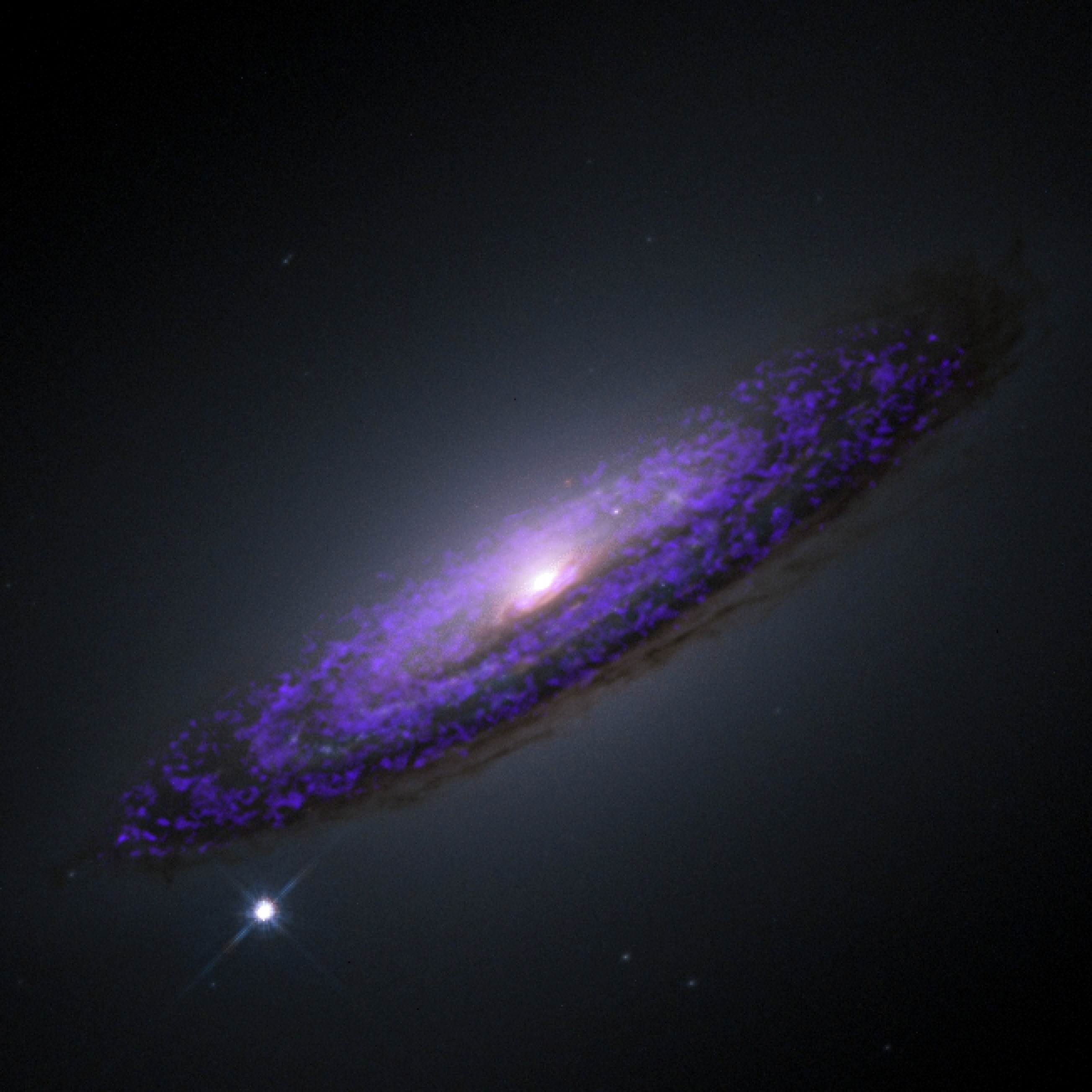Daily Image
29-04-2014Today's Colloquium: The cold ISM in massive early-type galaxies: origin, morphology, kinematics, and black-holes
| Submitter: | Timothy Davis (ESO) |
| Description: | Recently, massive early-type galaxies have shed their 'red-and-dead' moniker, thanks to the discovery that many host residual star formation. As part of the ATLAS-3D project, we have conducted a complete, volume-limited survey of the molecular gas in 260 local early-type galaxies with the IRAM-30m telescope and the CARMA interferometer, in an attempt to understand the fuel powering this star formation. We find that around 22% of early-type galaxies in the local volume host molecular gas reservoirs, with central discs, polar structures and rings being common. This detection rate is independent of galaxy luminosity and environment, but does depend on the galaxy kinematics. In this talk I will describe these observations, and what they can tell us about the regeneration of red-sequence galaxies. I will show how kinematic misalignment measurements, gas-to-dust ratios and derivations of the gas phase metallicity, combined with simulations and models, can be used to put constraints on the origin of the cold ISM in these systems. It seems that in the field mergers and/or cold gas accretion dominate the gas supply, while in clusters internal secular processes become more important. Finally I will show that molecular gas is an excellent kinematic tracer, better than most others at tracing the underlying potential of galaxies. This provides a powerful tool for both studying the large scale mass and light distribution in galaxies (e.g. with the CO Tully Fisher relation), and probing dark objects lurking at the hearts of galaxies. I will show using high-resolution interferometric observations that one can resolve molecular gas kinematics within the sphere of influence of local supermassive black-holes, and present the first ever black-hole mass measured in this manner. |
| Copyright: | Timothy Davis, NASA/ESA |
| Tweet |  |
